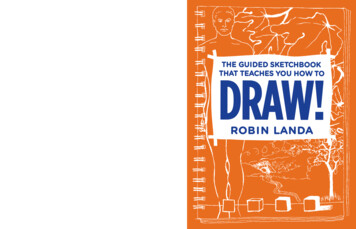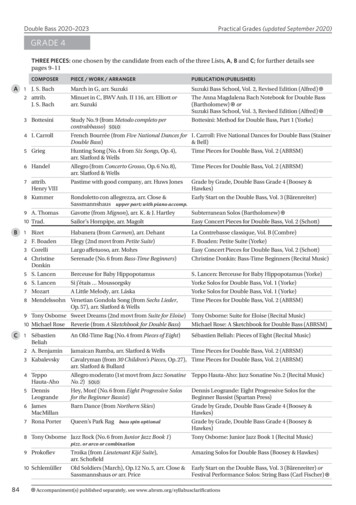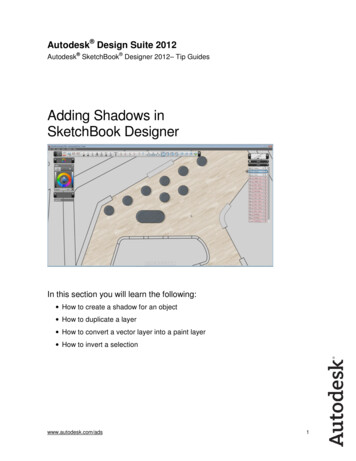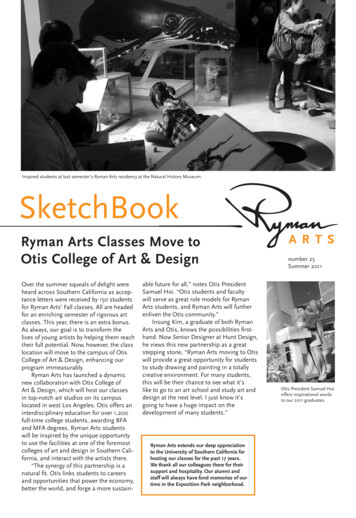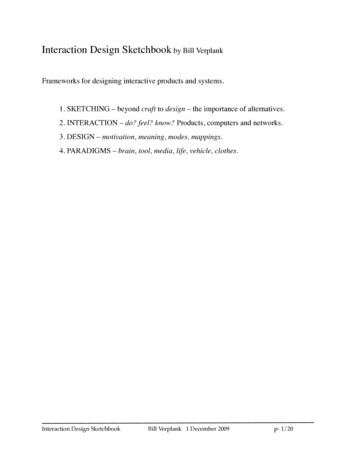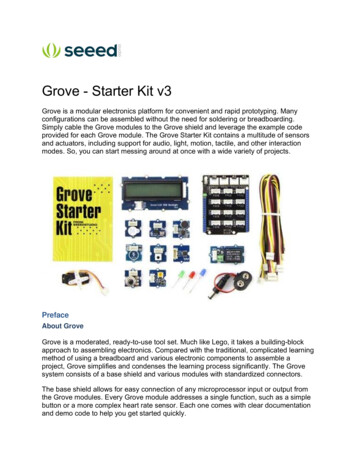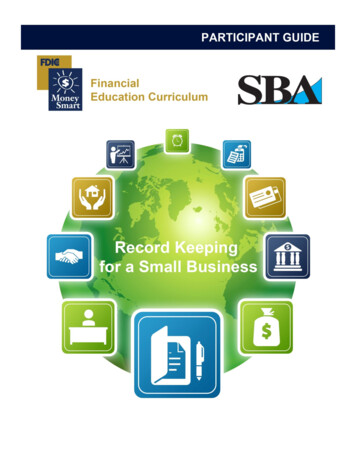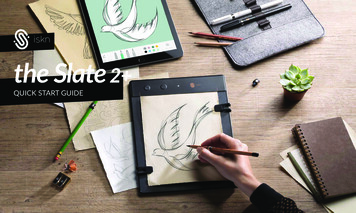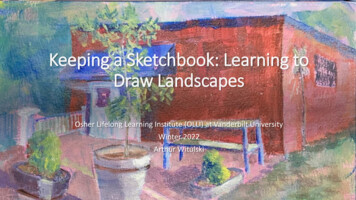
Transcription
Keeping a Sketchbook: Learning toDraw LandscapesOsher Lifelong Learning Institute (OLLI) at Vanderbilt UniversityWinter 2022Arthur Witulski1
Notes about Landscapes or Outside Scenes Abundance of visual information-hard to choose a scene Example-my first attempt to paint outside at Percy Warner Park Lessons Learned since then: Have to simplify the scene considerablyMake a thumbnail sketchNeed criteria to select what to drawHow to measure relative size of thingsLight is changing quicklyHave foreground/middle ground/backgroundImportant to choose a focal point or center of interest2
Choosing a Focal PointSceneFour commonlocations forfocal pointsLessDetailLeastDetail Focal point can have: Greatest detail Darkest dark, lightest light Brightest colors Human figureMostDetailPlace the centerof interest atfocal pointNice explanation of focal -yourfocal-point.html3
Choosinga FocalPointFocal point can have: Greatest detail Darkest dark, lightestlight Brightest colors Human figure Where is the focalpoint?4
Choosinga FocalPoint Painting can have Multiple centersof interest Try to get the eyeto move in acircle Finished Painingtook a lot moretime than asketch5
Where is thefocal point?6
Where is thefocal point?7
Things to look for in choosing a scene Look for a scene that has: Interesting shapes Variety of shapes, 2-3 large, 2-3medium, 2-3 small Interesting Light patterns8
Things to look for in choosing a scene Look for a scene that has: Interesting shapes Variety of shapes, 2-3 large, 2-3medium, 2-3 small Interesting Light patterns9
Things tolook for inchoosing ascene What shapes doyou identify?10
Things tolook for inchoosing ascene Lots ofinterestingshapes Variety of sizes Organic andgeometric Less detail indistance11
Things to look for in choosing a scene Which is abetter sceneto sketch?12
Zoom in and Pan Aroundto Improve Subject Toughsubject13
Make a Thumbnail SketchJust 2 or 3 inches on a sidePut in the main shapesDo lightest, darkest, and medium valuesForest/Rock/Shelter SceneCastle Gate Scene14
Putting a boundary around a scene“View Catcher”Now try thisyourself –framesome sceneswith yourhandsArms extended-small field of viewArms close to eye-large field of view15
Aspect Ratio of a DrawingAspect ratio is just the height-to-width ratio, e.g., 16 x 20 in is same as 8 x10 inchAR H/W 16/20 0.8 8/10H 16H 16H 8W 20W 10The aspect ratio of your view finder shouldmatch the aspect ratio of your drawingarea.W 16View Finder1:2“View Catcher”Look at some objectsaround you and try toestimate the aspect ratioSketchbook Page16
Side ViewMeasuringRelativeProportions in aScene17
PencilFinding areferencedistance tomeasure byEvery time you make ameasurement, you return tothe same dimension in thescene and align your pencilwith it before measuringsomething elseJust need a few measurementsto get startedMeasure some objects nearbyReferenceDimension18
PencilPinkerton ParkFranklinWhy does this make a goodscene to sketch?19
Pinkerton ParkFranklin Almost real time Parks are goodplaces to sketchhave a collection ofobjects of interest20
Final Thoughts Practice on some landscape photos this week When it gets warm, go outside and sketch Tools in the tool box: Frame the pictureMake a thumbnailFind a focal pointLook for good shapes, simplify if there are too many shapesMake the aspect ration of your view finder the same shape as your paper, or viceversa Use a measuring reference in the scene to get relative sizes right Remember, your sketchbook is not the boss of you-you are the boss of yoursketchbook21
Bibliography Great book on basic principles of art By Greg Albert Covers many of things I’ve discussed, and more22
Aspect Ratio of a Drawing The aspect ratio of your view finder should match the aspect ratio of your drawing area. “View Catcher” Aspect ratio is just the height-to-width ratio, e.g., 16 x 20 in is same as 8 x10 inch AR H/W 16/20 0.8 8/10 H 16 W 20 H 8 W 10 H 16 W 16 1:2 View Finder S
